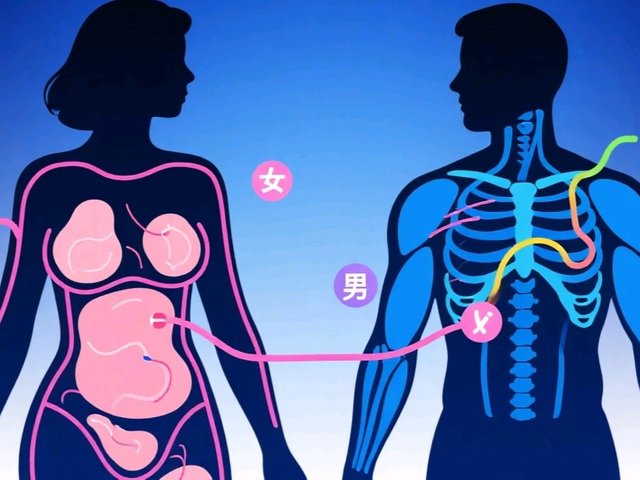Male and female power
Why are men much stronger than women?
Summary (Preview): The difference in strength between men and women isn't simply "born strong or weak" — it's the result of sex hormones, energy allocation, and evolutionary strategies. Androgens promote muscle and bone development, while estrogens tend to increase subcutaneous fat to reserve energy for pregnancy and lactation — an evolutionary trade-off. A few intriguing exceptions are discussed at the end
🔑 Core takeaway (one sentence)
The main cause of the strength gap is sex hormones and evolution's energy allocation: androgens drive muscle/bone growth, estrogens favor fat storage to support pregnancy and lactation — so smaller size and less muscle in females are evolutionary trade-offs for reproduction.
1) Sex hormones: who's in charge?
- Androgens (e.g., testosterone): key drivers of muscle growth. Higher levels make muscle fibers thicker, bones denser, and strength greater.
- Too low androgen levels → fatigue and weakness.
- Too high → excessive muscularity (for example, testosterone misuse in bodybuilding often causes accidents and adverse effects).
- Estrogens: tend to increase subcutaneous fat stores, producing softer touch and reserving energy to meet reproductive demands.
2) Genetic and evolutionary trade-offs: why "less muscle, more fat" in females?
- High reproductive costs for mammals: pregnancy and lactation require large amounts of energy. Muscle tissue consumes a lot of energy, so evolution favors females keeping more fat and less muscle to ensure reproductive success (very low body fat can impair ovulation).
- From a natural selection perspective, females adopt a "quality over quantity" parenting strategy; sacrificing some physical strength in exchange for higher reproductive reliability is advantageous.
3) Interesting exceptions (to help compare and understand)
- Spotted hyena: females have higher androgen levels than males, are larger, and hold dominant social positions — but their narrow birth canal leads to a high complication rate (about 35% difficult births). This shows high androgens can carry reproductive costs.
- Some mole-rat species: females have ovotestes and higher testosterone during non-reproductive periods than males, resulting in stronger musculature.
- Non-mammalian species: many times females are larger (e.g., some fish and invertebrates) because they "only lay eggs and don't raise them" — there is no long-term lactational energy burden, so the evolutionary pressures differ.
4) Short summary
- The strength difference is not simply "men are stronger, women are weaker." It is an outcome of sex hormones, energy allocation, and parenting strategy.
- More muscle means higher energy use; for mammals where females must invest heavily in offspring (especially via lactation), having more fat and less muscle tends to improve reproductive success.
- Many species and individuals deviate from the general pattern — those exceptions help us better understand the complex interplay of evolution and physiology.
If you like this article, please like, forward and follow me @funge for more interesting works
